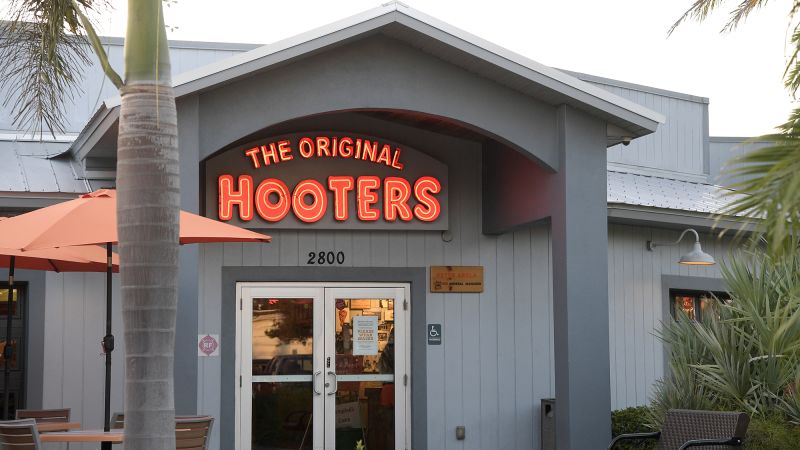In recent news, Hooters has announced the closure of several locations across the United States due to tough economic challenges, including rising food and labor costs. According to a spokesperson for the company, “Like many restaurants under pressure from current market conditions, Hooters has made the difficult decision to close a select number of underperforming stores.”
Although the company did not release a specific list of affected locations or numbers, local reports indicate that several dozen Hooters locations have closed in states such as Florida, Kentucky, Rhode Island, Texas, and Virginia. Some closures occurred over the weekend, while others shuttered in the past few weeks.
Despite these closures, Hooters remains optimistic about the future of the brand. The company mentioned its new lineup of frozen food sold at grocery stores and new restaurant openings overseas as reasons for resilience. “We look forward to continuing to serve our guests at home, on the go and at our restaurants here in the US and around the globe,” said the company.
With these recent closures, Hooters now has approximately 300 global locations, marking a nearly 12% decline since 2018, according to Technomic, a restaurant consulting firm. In contrast, rivals like Twin Peaks and Dave & Busters have experienced growth during the same period.
The increase in menu prices at sit-down and limited-service restaurants has also impacted consumer spending behavior, leading to complaints and a decline in the sector’s reputation for affordability. This trend has not only affected Hooters but also other popular chains like Applebee’s, TGI Fridays, Boston Market, California Pizza Kitchen, and even bankrupt Red Lobster, which have all recently closed restaurants.
This report includes contributions from CNN’s Danielle Wiener-Bronner.



